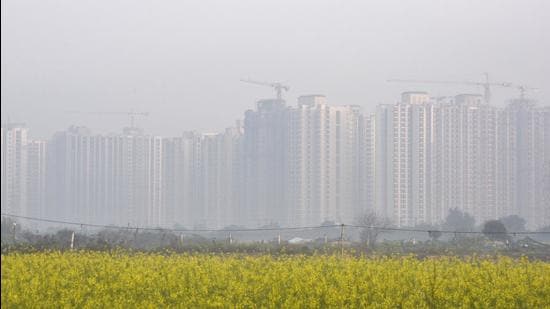Pollution increased in some parts of India during pandemic lockdown: New study
The report is based on satellite observations for 2018, 2019, and 2020. It found the influence of a significant decline in activities on the changes in the distribution of ozone, carbon monoxide, and nitrogen dioxide during the lockdown
Parts of central-western and northern India recorded an increase in pollution even as the reduction in economic activities during the pandemic-induced lockdown in 2020 led to its decrease in most parts of the country, a report by scientists at Nainital’s Aryabhatta Research Institute of Observational Sciences (ARIES) has found.

The report is based on satellite observations for 2018, 2019, and 2020. It found the influence of the significant decline in activities on the changes in the distribution of ozone, carbon monoxide, and nitrogen dioxide (NO2) during the lockdown. The study, which was published in the Environmental Science and Pollution Research, found ozone, carbon monoxide, and NO2 showed an increase of about 15% over the central-western part of India. Carbon monoxide showed a consistent increase as high as 31% of concentration at higher altitudes during the lockdown.
In a statement on Monday, the Union science and technology ministry said scientists found regions in the country’s central-western part and north India are prone to higher air pollution exposure and hence are exposed to greater risk of respiratory problems.
“In 2020, a complete nationwide lockdown was imposed over India to impede the spread of coronavirus disease. This enormously disrupted the economy with a single positive side effect, a short-term improvement in the air quality near the surface,” the ministry said. It cited the satellite-based observation of ozone, NO2 and carbon monoxide near the surface and in the free troposphere and added they mostly showed the reduction of the pollutants over India. But an increase in ozone and other toxic gases was observed in regions such as western-central India, parts of northern India, and remote Himalaya. The ministry said this could have aggravated respiratory health risks around those regions during the pandemic.
The study found the long-range transport and downward transport from the stratosphere significantly increased ozone concentrations over north India during the lockdown. It added the Himalayas and coastal cities showed the bare minimum influence of lockdown in air quality.





